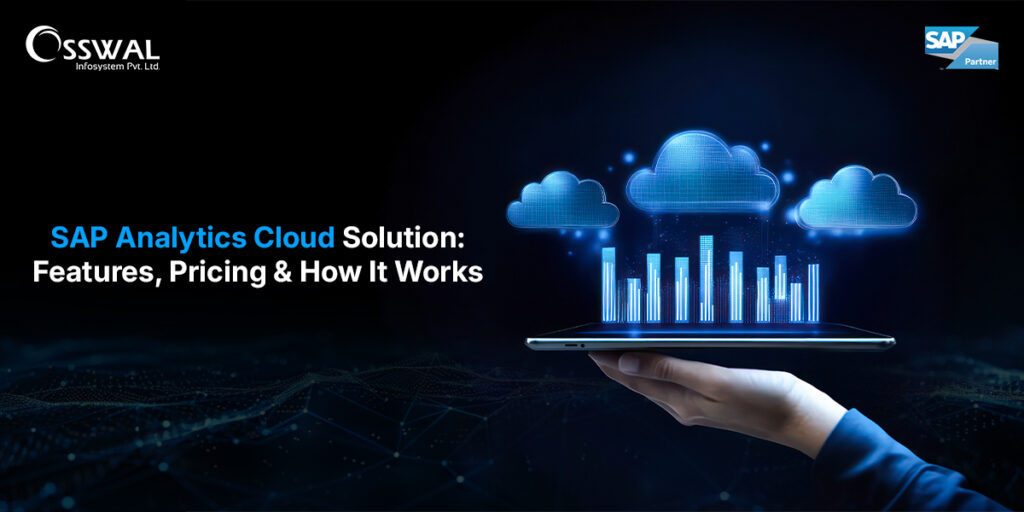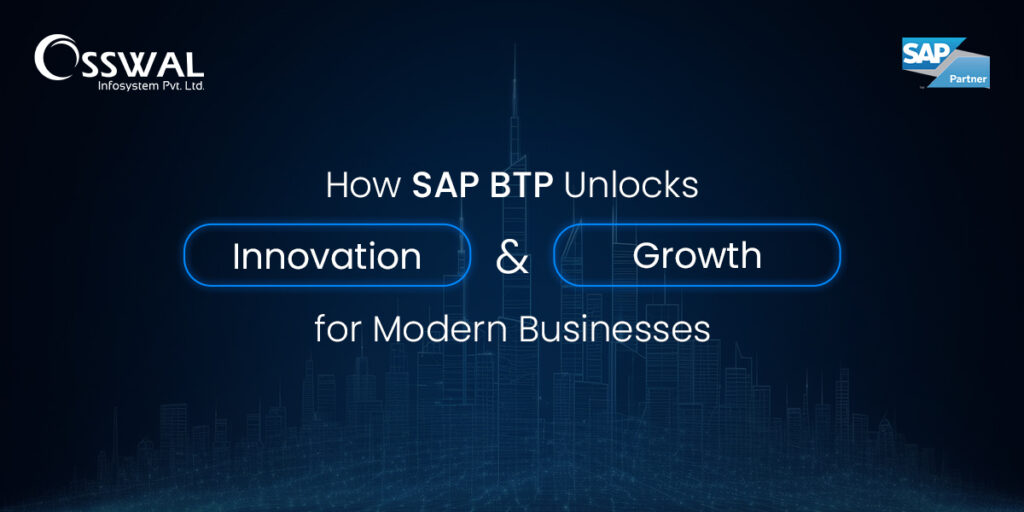SAP Analytics Cloud Solution: Features, Pricing & How It Works Currently, making business decisions based on data is imperative, not optional, due to the fast-paced business world. SAP Analytics Cloud (SAC) is a single, web-based intelligent platform that fuses analytics, planning, and predictive features in one solution. This platform allows companies to turn unprocessed data into the power of insights, thus simplifying decision-making. The article acts as a guide to the SAP Analytics Cloud platform, outlines the main SAC features, presents SAC pricing in detail, and indicates how the SAC demo can be useful for organisations to make the right adoption decisions. What Is SAP Analytics Cloud (SAP SAC)? SAP Analytics Cloud is a Software-as-a-Service (SaaS) platform that provides access to business intelligence (BI), innovative analytics, planning, and the use of predictive techniques. It grants users the option to fetch data from multiple sources, such as SAP S/4HANA, SAP BW, and the like, without having to perform complicated data migration. Moreover, the SAP Analytics Cloud solution, by uniting analytics, forecasting, and collaboration app tools, promotes efficient workflows, delivers insights in real-time, and empowers better strategic planning. Key SAC Features The features of SAC are designed for simplicity in analytics within enterprise-strength capability: Unified Analytics & Planning – This integrates BI reporting, forecasting, and scenario modeling into one interface for enhanced efficiency. Augmented Analytics & Machine Learning – passively in Smart Insights, Smart Predict, and natural language queries, the acceleration of decisions taken and the anticipation or prediction have been significant. Simple Visualisation Tool – Allows you to access intelligence using dashboards, charts, heat maps, and geo-visualisations with just drag-and-drop. Collaboration & Sharing – This includes input and version control, as well as a digital boardroom, making the virtual experience real-time for teamwork. Cloud Ready – Completely managed by SAP, accessible from anywhere, and updated regularly without manual intervention. Accessible on Mobile – In and out of environment delivering insights through mobile apps and responsive web design. Enterprise Security & Access Control – Data safety is assured by access controls based on roles, encryptions, and compliance with established industry regulations. Understanding SAC Pricing Choosing the right SAP Analytics Cloud pricing plan depends on your business size and needs: 30-Day Free Trial – Access core BI functions for a single user to explore features and capabilities. Business (BI) Plan – Typically has a pocket-friendly cost, offering analytics, data connectors, team collaboration, training, and support. Enterprise Plan – Tailored pricing for large organisations with unlimited users, advanced connectors, predictive analytics, and dedicated account management. Pricing may vary based on features and contract terms, so businesses are encouraged to request a customized quote for accurate budgeting. Why Explore the SAC Demo? The SAC demo allows potential users to experience the platform’s functionality before committing. Benefits of exploring the demo include: Hands-On Testing – Navigate dashboards, create visualisations, and explore predictive analytics with sample data. Guided Tutorials – Learn how the SAP Analytics Cloud solution works through interactive, step-by-step tours. Feature Evaluation – Understand the platform’s usability, performance, and integration capabilities before purchasing. A trial or demo can significantly reduce adoption risks and ensure alignment with business objectives. Benefits of Choosing the SAC Solution Organisations adopting SAP SAC benefit from: All-in-One Functionality – BI, planning, and predictive analytics in one platform. Real-Time Data Integration – Live connections to SAP and non-SAP sources for up-to-date insights. Scalable Cloud Infrastructure – Flexible, secure, and continuously updated. User Empowerment – Self-service tools enable non-technical users to generate their own reports and dashboards. Compliance & Security – Enterprise-grade controls for sensitive industries. Flexible Pricing Models – Options for different budgets and feature requirements. Conclusion SAP SAC delivers a powerful, unified platform that combines analytics, planning, and machine learning to help businesses make informed, strategic decisions. As a comprehensive SAC solution, it offers intuitive SAC features, adaptable SAC pricing, and the opportunity to explore capabilities through the SAC demo. Whether your organisation aims to modernise its BI infrastructure, improve collaboration, or embrace predictive analytics, SAC is a future-ready tool designed to turn data into a competitive advantage. Also Read: How SAP BTP Unlocks Innovation and Growth for Modern Business
SAP Analytics Cloud Solution: Features, Pricing & How It Works Read More »










